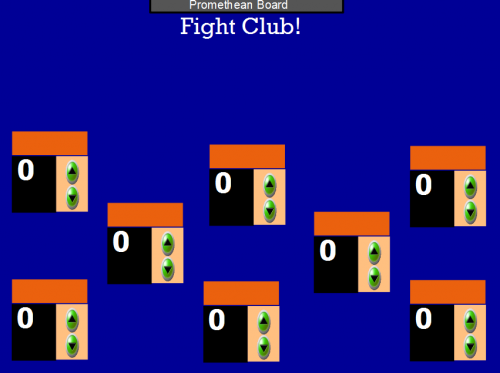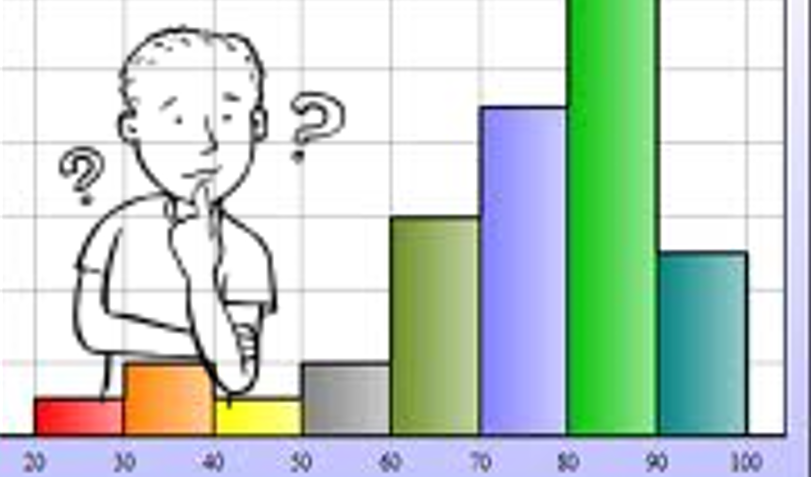Summary
Students are broken into groups, each group given the responsibility of presenting a section from a chapter, which is a review of algebraic concepts. They are responsible for reviewing the materials themselves, developing a lesson (including flipchart, power point, etc.), implementing their lesson to the class, reviewing material with an in-class game of some sort, and creating a brief homework assignment. Groups present, two a day, for about two weeks. At the conclusion of lessons, students self-evaluate their groups using a google form. A full assessment is given at the conclusion of all presentations to determine how well all students know content which relates to how well students teach the material.
TIPC Ratings
Approaching: Students must select resources that allow them to effectively learn the material that they must teach. In order to know the content, they have to develop questions to guide their studies. All of this information is assembled into an interactive lesson that is implemented with the rest of the class.
Approaching: Students have been given group norms earlier in the year which are applied to this task. Through the creation of interactive games, students used ActivEngage to allow all students to be a part of the learning process. They must also reflect and analyze how their group worked together in the post evaluation.
Approaching: Students are constantly questioning in this activity in an effort to decide how to teach their mathmatical concept. They have to look at the topic from every angle and make decisions on how it will be implemented. They must also generate their own homework questions, which involve a deeper understanding of the basic material.
Approaching: Students are responsible for full development of new material (lesson, review, homework) using whatever electronic means they feel are best suited to the task. Additionally, students create interactive games to assess their fellow students.






